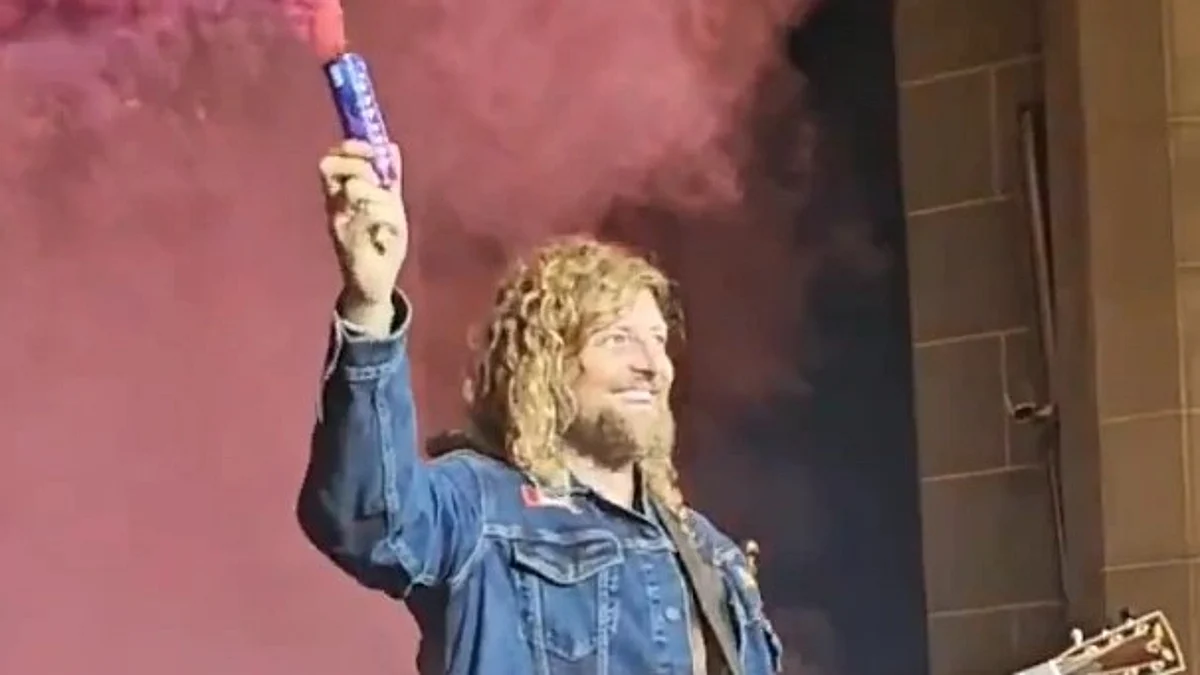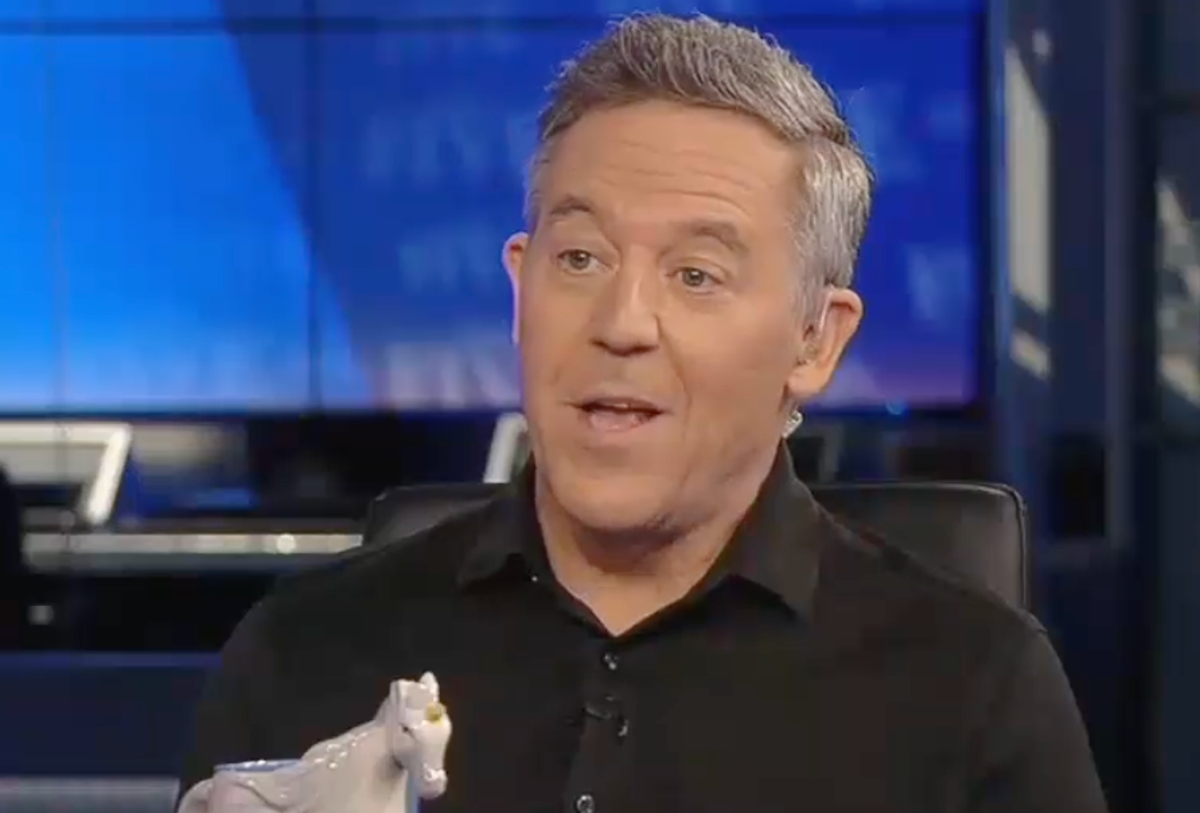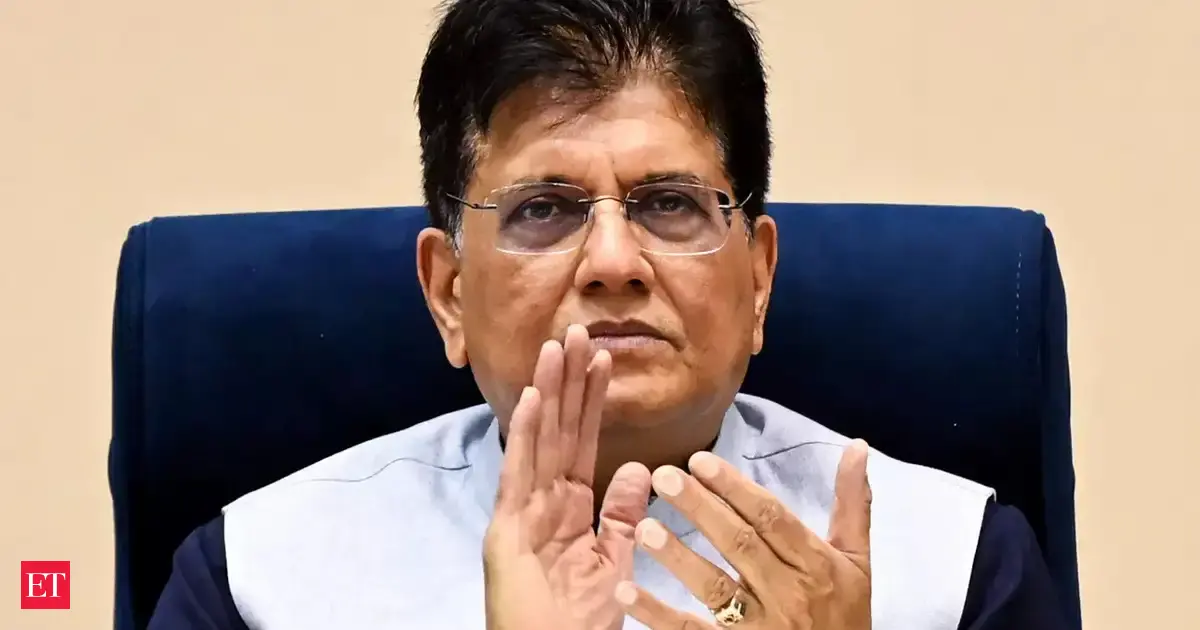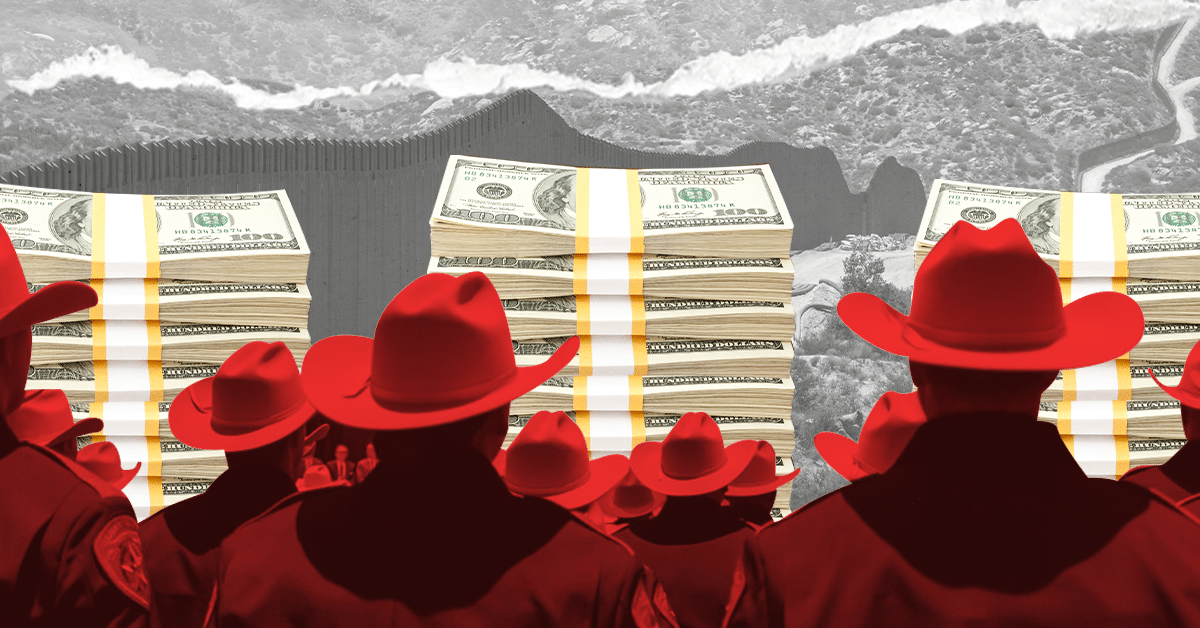By Jomar Lacson
Copyright tribune
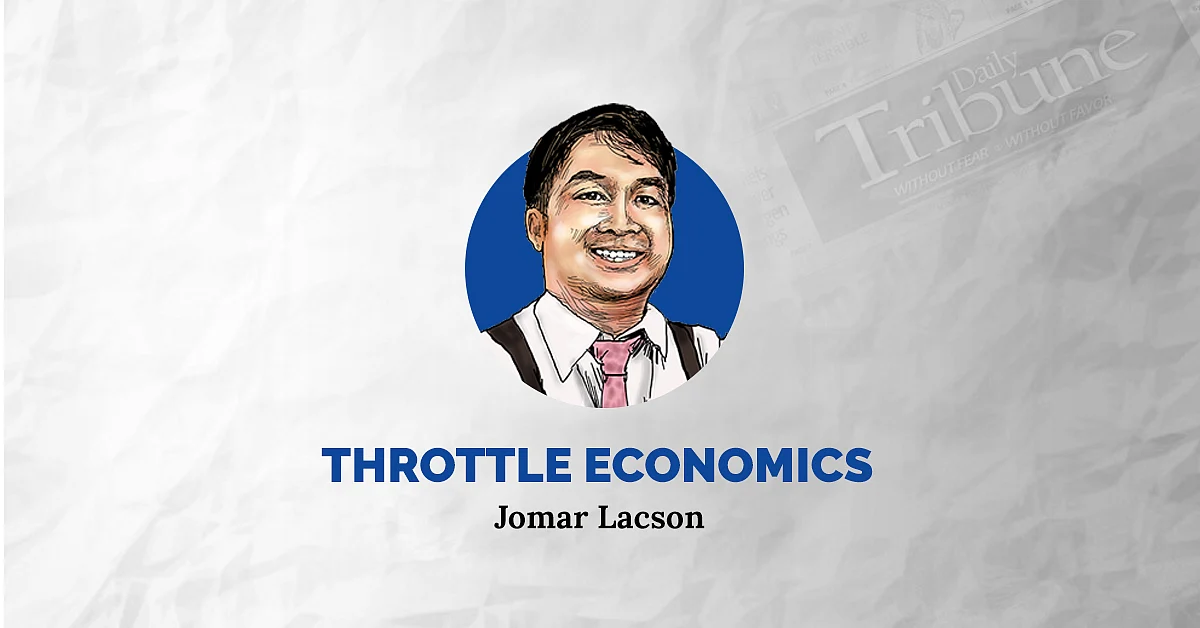
In one decisive scene in Godfather Part 2 where Michael Corleone entrusts the criminal organization to his consigliere, Tom Hagen, the former imparts a nugget of wisdom from his father, the original Don, Vito Corleone. “You see, all of our people are businessmen, their loyalty is based on that…try to think as the people around you think. And on that basis, anything is possible.” At this arc of the film, Michael was preparing to root out the traitor in the family who dared to attempt an assassination in his home.In the recent revelations in the ongoing Senate investigation into the flood control ghost projects, what was clear was that the corruption was a business, and this business of doing bad has been very good over the past several years. The level of badness being revealed is shocking the nation, and maybe even our partners. What the Godfather film explains though is that when criminals are businessmen, anything is possible. This is the insight offered by the Godfather films to the Senate. In the Godfather trilogy, Barzini and Solozzo, Hyman Roth, Joey Zasa and Don Licio Lucchesi, who were the main opponents, were all engaged in trying to take territory or use the network and resources of the Corleone crime family. Despite being enemies, the Corleone family was also sometimes partnering and negotiating with them. All three films reinforce the declaration of Michael Corleone in Godfather Part 1 when he was pushing for revenge, “It’s not personal, Sonny, it’s strictly business.” One potential reason why this crime has come to light is because business had become so big that every participant in the scheme wanted a bigger share of the growing pie. This unchecked greed has spawned new business models. One of these models likely resulted in these flood control ghost projects now under scrutiny.The revelations in the Senate described the actors’ insatiable greed and zero risk aversion to being caught. It was reported that as more projects were successfully “downloaded” and the “profits” extracted, the commission rate increased, particularly for the accused legislators. The proponents allegedly asked for an increase from 20 percent to 25 percent (or 30 percent for some). However, when you increase your cut, there is a decrease in the cut of another player somewhere down the hierarchy of the organization. It is a zero-sum approach where the gains of the seniors reduce the payoffs received by the junior conspirators. Even though they were receiving hundreds of millions, a cut is still a cut. This triggers the need to augment the affected junior kasabwat’s “income,” hence the birth of the ghost project business model.It is entirely possible that the juniors felt they could make more via a side hustle (a Gen Z term for sideline, racket, gig), where they would use the boss’ network to persuade contractors and expand their “profit” margins by undertaking the projects themselves via outsourcing or their own contracting teams. This “in-house” approach allows some flexibility on delivery and quality, which is the cause of these substandard and ghost flood control projects. With all the confessions, affidavits, and admissions last week, it reminds us of the scene where Peter Clemenza, a Corleone capo, plots with his associate, Rocco, to kill Paulie, a traitor in the organization. Paulie is shot by Rocco inside the car while Clemenza is urinating outside. After the violent deed, Clemenza orders Rocco to “leave the gun, and take the cannoli,” which symbolizes the duality of the character. Our flood control villains have the same duality. They are capable of massive theft, insensitive to the plight of their countrymen, as they go home to their own families, blissfully oblivious to whose lives and properties were ravaged by the floods as long as they satiated their greed.
